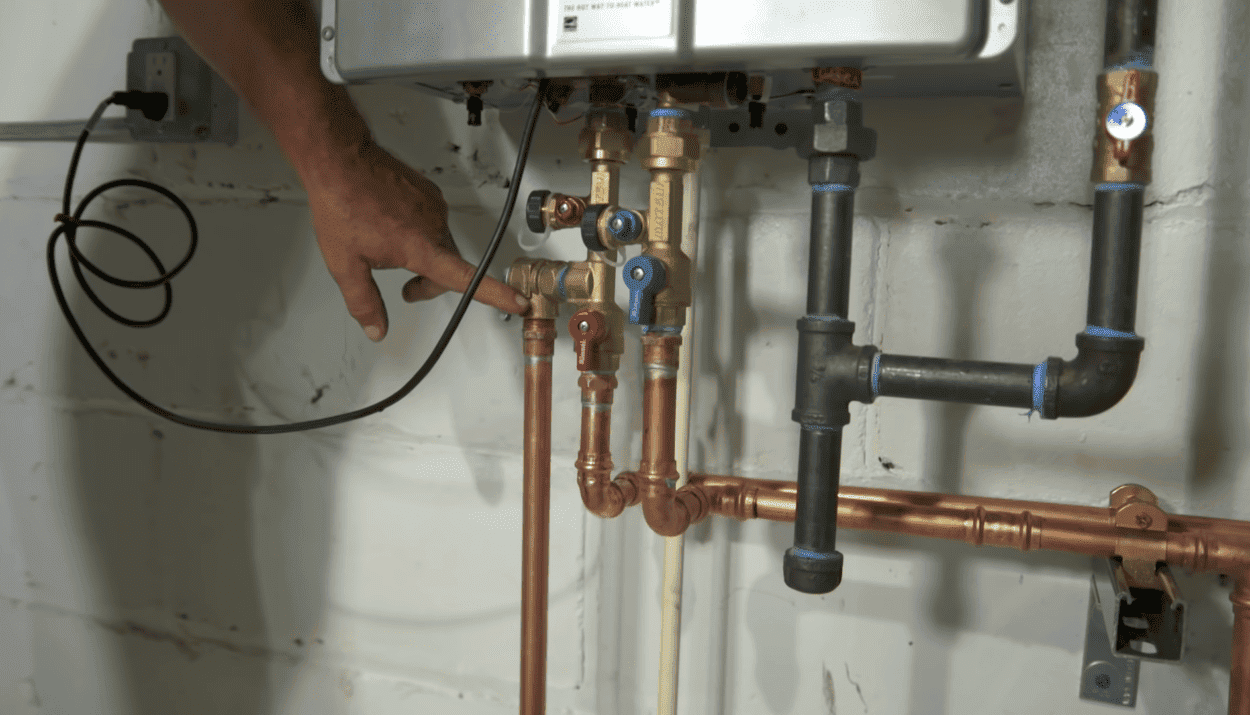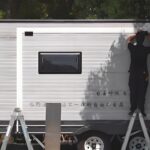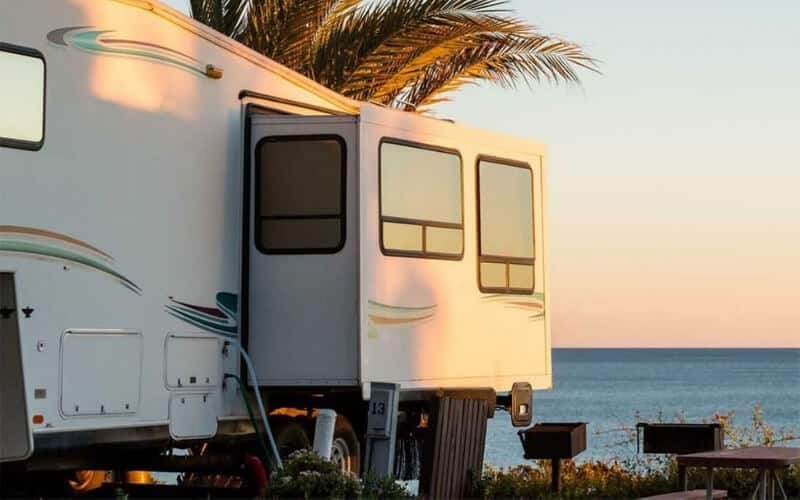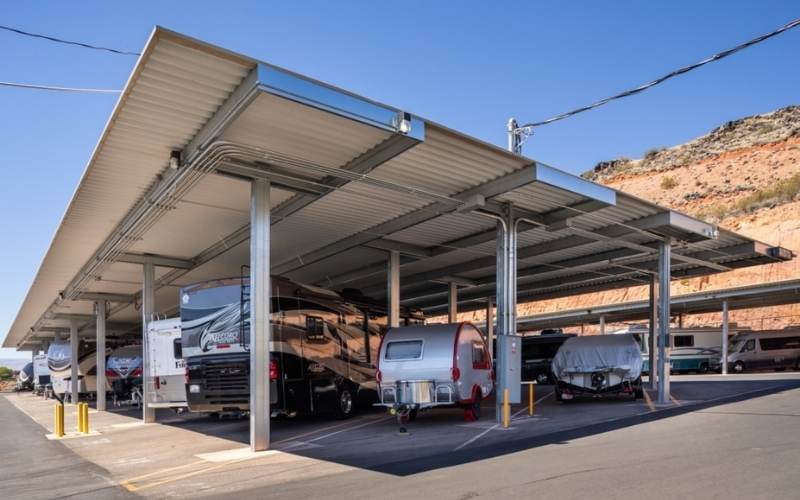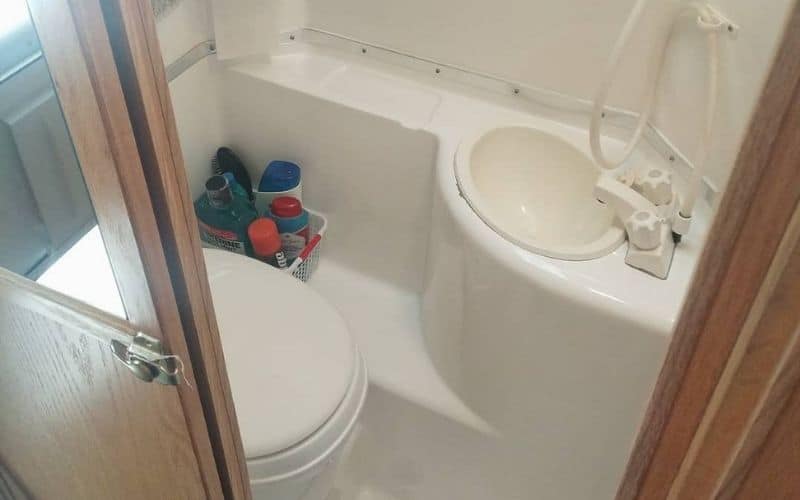To install a tankless water heater for an RV, select the right water heater size unit based on your RV’s hot water requirements, choose a suitable interior mounting location with access to water and gas lines, securely mount the unit, connect the water inlet and outlet, install necessary exhaust venting, connect the gas line with proper regulator and shutoff valve, wire the 120VAC power source, and test operation before use.
I still remember the first time I went RVing and quickly realized the limitations of my RV’s small tank water heater. The tankless water heater upgrade was one of the best improvements I’ve made to my RV.
This article provides complete step-by-step instructions for installing a tankless water heater. You’ll learn to determine the right size unit, choose a suitable mounting location, connect the gas and water lines correctly, and configure the electronics.
Choosing The Best Tankless Water Heater For An RV
Before diving into the details of how to install a tankless water heater in an RV, let’s just take a step back and first learn how to find the best tankless water heater for our RV. To pick the perfect water heater for your RV, keep the following on your checklist:

Compatibility
Tankless heaters for RVs are optimized for size, weight, and installation in the tight confines of an RV. Residential tankless heaters are often too large and heavy. Ensure the tankless unit dimensions match the existing tank space and connections align.
Energy Use
Tankless heaters use more electricity to heat circulating water. Check your RV electrical panel, fuse size, and shore power inlet capacity to ensure sufficient power. You can opt for a propane tankless model to reduce electrical demand. Also, consider the RV’s inverter capacity if you rely on battery power. Girard tankless RV water heater is twice as efficient as a tank heater.
Hot Water Demand
Carefully calculate the peak water flow rate you need on a camping day. Include simultaneous use of shower, sink, etc. Size the tankless heater accordingly so it can handle maximum demand. If you have a high water consumption, opt for tankless water heaters for more powerful RVs that can heat more water per unit of time. One great choice is the Furrion 2.4GPM Tankless RV Gas Water Heater, which can provide up to 2.4 gallons per minute of hot water.
Climate Rating
Prefer a tankless unit rated for colder ambient temperatures if you prefer camping in northern climates. The colder rating equates to more heating power. Avoid units only rated for warm, southern regions. Again, the Furrion 2.4GPM Tankless RV Gas Water Heater takes the lead, as it can operate on altitudes as high as 9,800 feet.
Installation
Look for tankless heaters with simple connections and included parts for easier DIY installs. KINGRVER tankless RV water heater is a great example. Ensure you have the necessary plumbing and electrical skills as well. Hire a pro if you are not too sure about your abilities.
Read more about the best RV tankless water heaters here: 7 Best RV Tankless Water Heaters For Instant Hot Water On Demand.
Installing A Tankless Water Heater In An RV
I always considered that installing tankless water heaters for an RV is a difficult task only professionals should handle. Once, I took it upon myself and found the process pretty straightforward. However, I did have some prior knowledge of handling electrical circuits. If you are in the same boat, follow the following fifteen simple steps on how to install a tankless water heater in an RV. You must call in a professional if you are new to this task.
- Turn off the existing water heater’s propane, electrical, and water connections. This is to avoid leaks or electric shock when disconnecting the old unit.
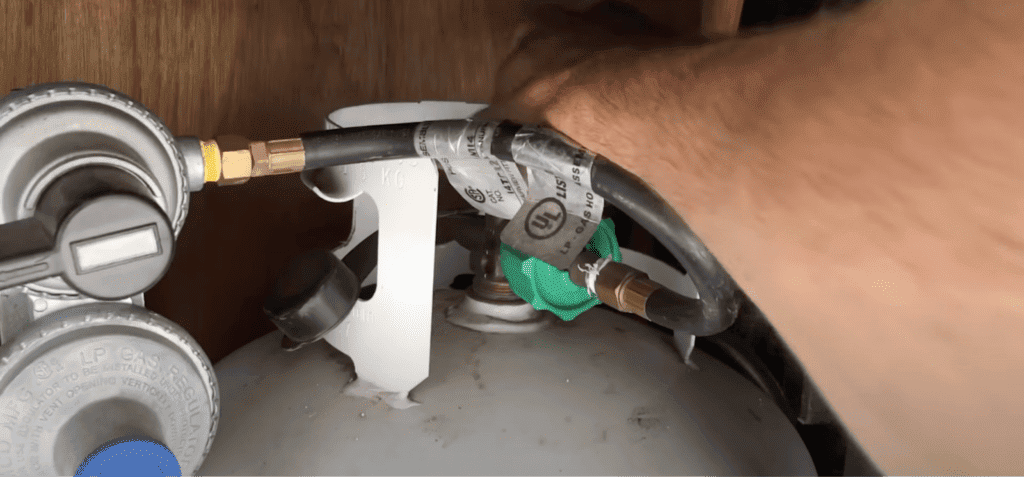
- Disconnect the old unit’s gas, water, and electrical lines. Unhook the gas line, unscrew the water connectors, and detach the electrical wires. Cap off any open pipes or wires.
- Remove the old water heater from the RV. This usually involves unscrewing any mounting brackets or straps. Always support the weight of the tank when pulling it out.
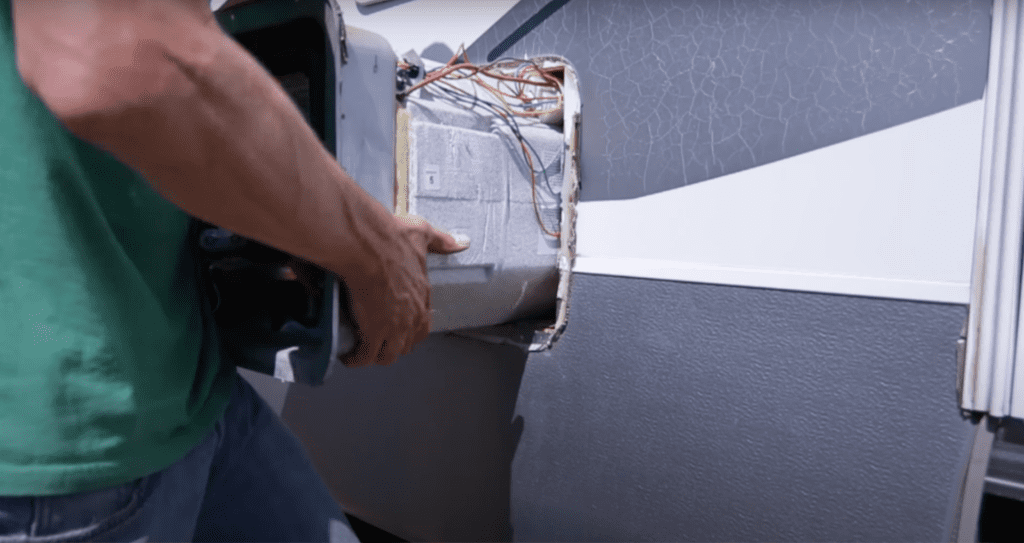
- Clean and scrape the opening where the old unit was mounted. Use a wire brush and cleaning solution to remove any remaining sealant or debris. This prepares the surface for the new installation.
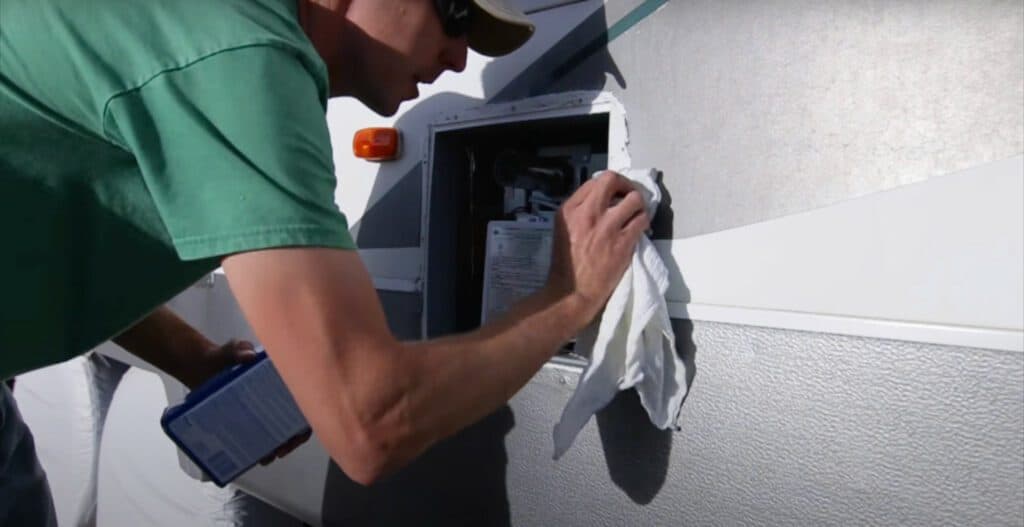
- Check that the opening is the right size for the new tankless unit. Verify the measurements and dimensions to ensure a proper fit. The new unit should slide into the space with minimal gaps.
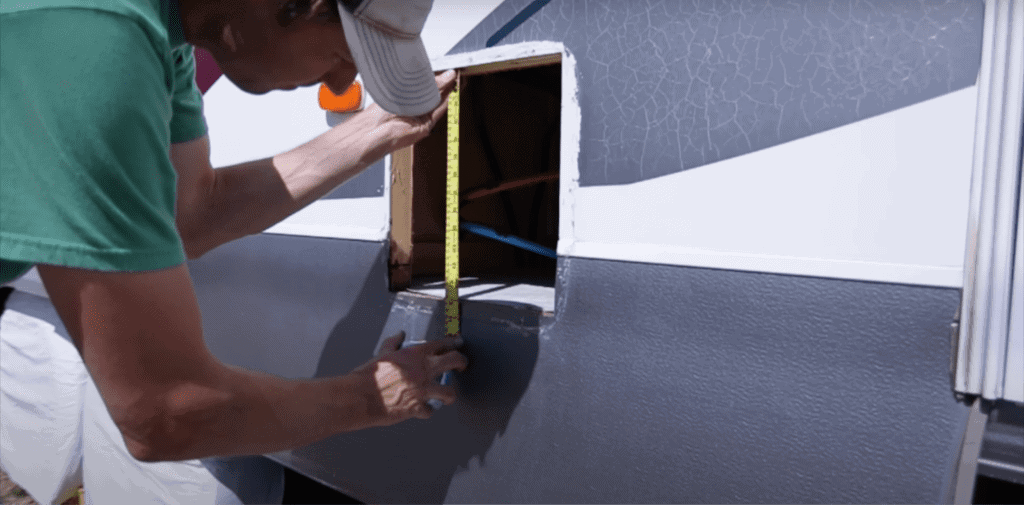
- Slide the new tankless water heater into the opening and position it flush with the wall. It must be seated securely in the space with the exterior casing lined up evenly.
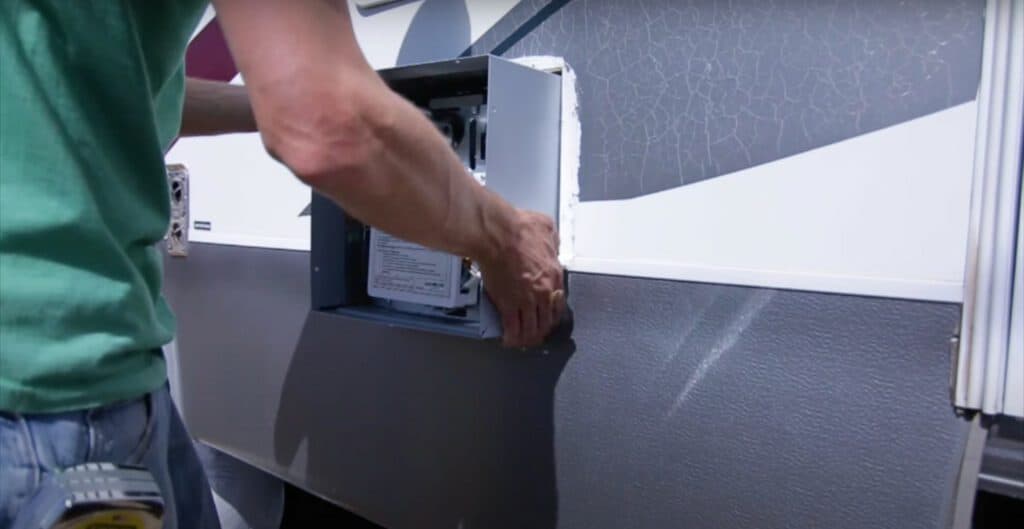
- Seal around the unit with caulk to prevent leaks. Apply a steady caulk bead where the unit meets the wall opening. Smooth the caulk to create a watertight barrier.
- Install the exterior door and screw it into place. The door should align with pre-drilled holes. Ensure all screws are tight.
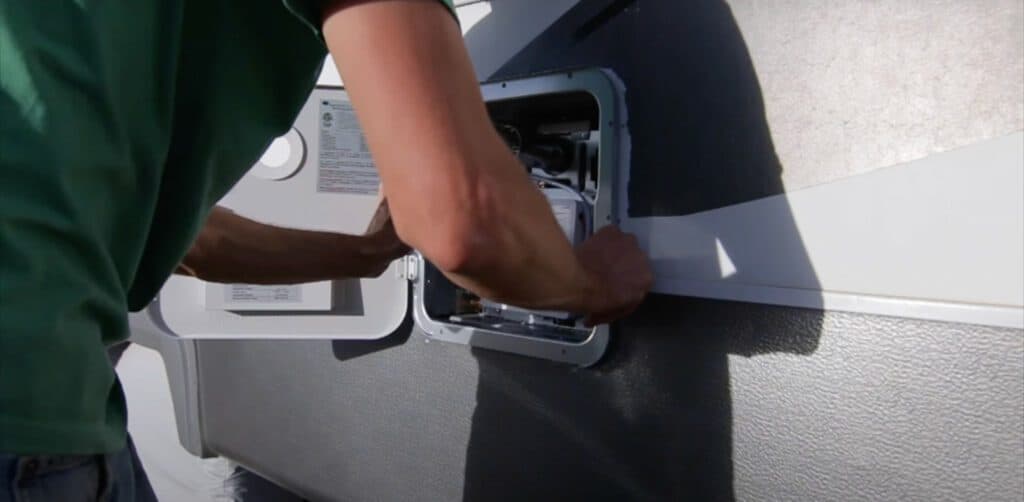
- Seal around the door with silicone. Run a silicone bead around the door to prevent moisture from getting in.
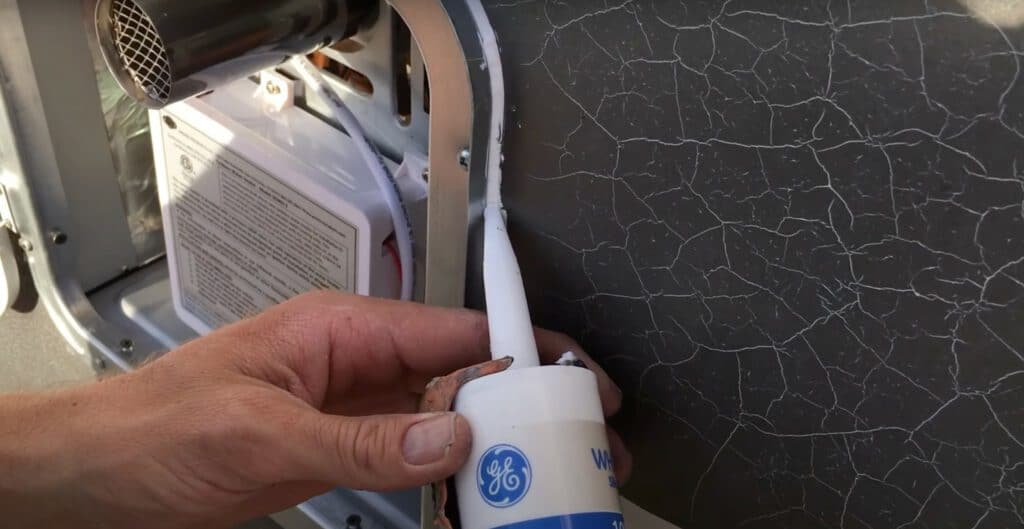
- Connect the electrical wires to the tankless unit. Match up the hot, ground, and any other connections. Use cable nuts to secure the wires.
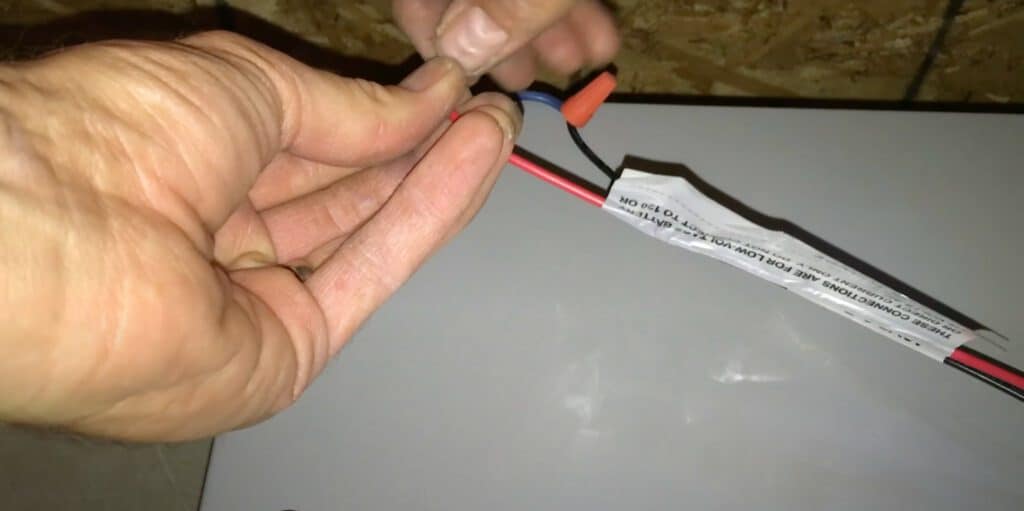
- Connect the hot and cold water lines. Use the correct fittings and gaskets. Tighten firmly, but do not overtighten.
- Mount the control panel in an accessible location. This allows you to adjust temperature settings easily.
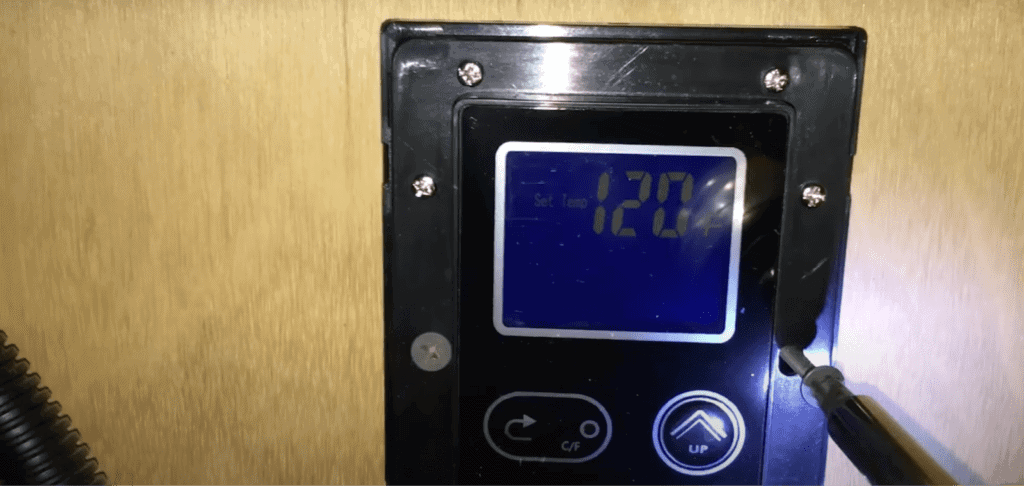
- Turn on the water and power to test the operation. Activate water flow and check for leaks. Verify it heats water appropriately.
- Set the temperature on the control panel as desired. Adjust to your typical usage temperature.
- Use lower temperature settings for optimal performance. Tankless heaters work best with lower-temperature settings to activate heating with less water flow.
The video below from YouTube Channel Jared Gillis breaks down the process into easily followable steps:
Benefits Of Tankless Water Heaters For RV
I’ve observed that a tankless water heater for RV has become a need rather than a luxury for most RVers today. It isn’t cheap but still provides great value for money. Here are some benefits:

Source
Space-Saving
Tankless water heaters are much smaller and more compact than traditional tank-style heaters. This is a major advantage in an RV where every inch of space counts. Tankless heaters free up room that a large, bulky tank would otherwise take up. Going tankless, you can reclaim closet space, storage areas, or room under counters.
Energy-Efficient
Tankless heaters only heat water on demand rather than keeping a whole tank hot 24/7. This on-demand operation is more energy-efficient, saving you money on propane or electricity. Precise temperature control also helps optimize energy efficiency.
According to the U.S. Department of Energy, tankless water heaters can be up to 34% more efficient than a conventional storage tank water heater in homes that use 41 gallons or less of hot water, on average, per day. Expect a similar efficiency for RVing use.
Longer Lifespan
With no tank to corrode and no heating elements to burn out, tankless heaters have a significantly longer lifespan than tank-style heaters. A quality tankless heater can last up to 20 years, whereas the average tank heater lasts only 6-10 years before needing replacement. The longer lifespan offsets the higher upfront cost over time.
Endless Hot Water Supply
Tankless heaters provide an unlimited supply of continuous hot water on demand. As long as you have water flowing into the RV, you’ll get hot water out. No more running out or waiting for a tank to reheat. Enjoy long showers and quick meal prep without interruption. The continuous water flow makes tasks faster and more convenient.
Downsides of Tankless Water Heater For An RV
Before you leap in to buy a tankless water heater for an RV after reading all the positive aspects, keep the following points in mind as well:
Higher Upfront Cost
Tankless heaters have a significantly higher initial purchase price, averaging $500-800 for electrical units and $750-2300 for tankless gas units. This higher cost may be difficult to justify for RVers on tight budgets or those who use their RVs occasionally. However, the long-term savings on energy and replacement costs can offset the initial investment over time.
Lower Flow Rate
Some tankless heater models have a lower maximum flow rate than conventional water heater tanks. This may limit the ability to run multiple hot water draws simultaneously, like showering while doing dishes. Navigate this easily by choosing a unit with an appropriate flow rate for your RV’s hot water demand.
A Fogatti tankless water heater is the solution to all the low-flow problems. This tankless water heater is larger and suitable for large RVs. It has a higher heating capacity of 55,000 BTU and a max flow rate of up to 2.9 GPM. It is perfect for RVer’s everyday use and has the best high-altitude performance. It features InstaShower 8 Plus technology that delivers hot water on demand. The cutout size of the water heater is 13 x 13 inches, with a door size of 15 x 15 inches. It comes with a remote controller for easy operation.
Mineral Scale Buildup
Hard water areas can cause mineral scale accumulation in tankless heaters over time, potentially clogging components and reducing efficiency. Proper maintenance, like flushing with vinegar or installing water softeners, helps mitigate scale buildup.
High Electrical Load
Electric tankless heaters draw a very high amperage to heat water on demand. This may require electrical upgrades or a dedicated circuit in your RV. Gas tankless heaters have lower electrical needs but require a 120V power source for controls and ignition.
So, what is the bottom line? When you should go for a tankless water heater for RV, and when not. Here is a table to ease the decision for you:
| When to buy a tankless water heater for an RV | When not to buy a tankless water heater for an RV |
| You want to save space in your RV. | You need a water heater that can simultaneously supply hot water to multiple sources. |
| You want to save money on energy costs in the long run. | You are on a tight budget and cannot afford the higher upfront cost of a tankless water heater. |
| You want a longer lifespan for your water heater. | Your RV does not have access to electricity or propane. |
| You want to have constant hot water on demand. | You do not want to spend more on installation costs. |
| You want a smart feature. Some tankless water heaters connect to an app so that you can adjust their settings easily. | You need a high flow rate of hot water. |
Conclusion
Installing a tankless water heater in your RV can be a great way to upgrade your hot water supply. With the ability to deliver continuous, on-demand hot water, tankless heaters provide several advantages over conventional tank water heaters. They are more energy-efficient, save interior space, and have a longer lifespan.
The article covers the full process, from choosing the best unit to how to install a tankless water heater in an RV. While it requires some effort, having unlimited hot water at your fingertips can greatly improve your RV living experience.
FAQs
Are tankless water heaters worth it for RVs?
Tankless water heaters can be worth it for RVs if you want to save space, save money on energy costs in the long run, have constant hot water on demand, and have a longer lifespan for your water heater. However, they may not be the best option if you are on a tight budget, need a high hot water flow rate, or do not have access to electricity or propane.
How much does a tankless water heater for an RV cost?
Tankless water heaters for RVs are generally more expensive than traditional tank water heaters, with the average cost ranging from $1,000 to $3,000. However, the purchase price for a tankless water heater can vary widely, with some models costing as little as $150 and others costing as much as $6,000.
How long do tankless water heaters for RVs last?
Tankless water heaters for RVs can last at least 20 years or longer, thanks to easily replaceable parts. That’s 8-12 years longer than the average storage water heater.
Are tankless water heaters for RVs difficult to install?
Tankless water heaters for RVs are generally more difficult and expensive to install than traditional tank water heaters. Consider the installation costs and requirements when deciding whether to install a tankless water heater in your RV
What is a tankless water heater?
A tankless water heater heats water on demand as it flows through the pipes inside the heater. Unlike traditional water heaters that store hot water in a tank, tankless water heaters do not have a storage tank. Instead, they heat water when you turn on the hot water faucet.

